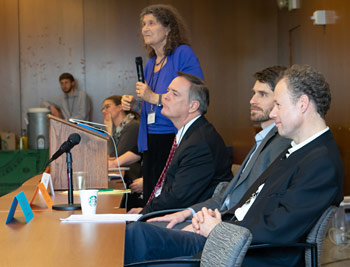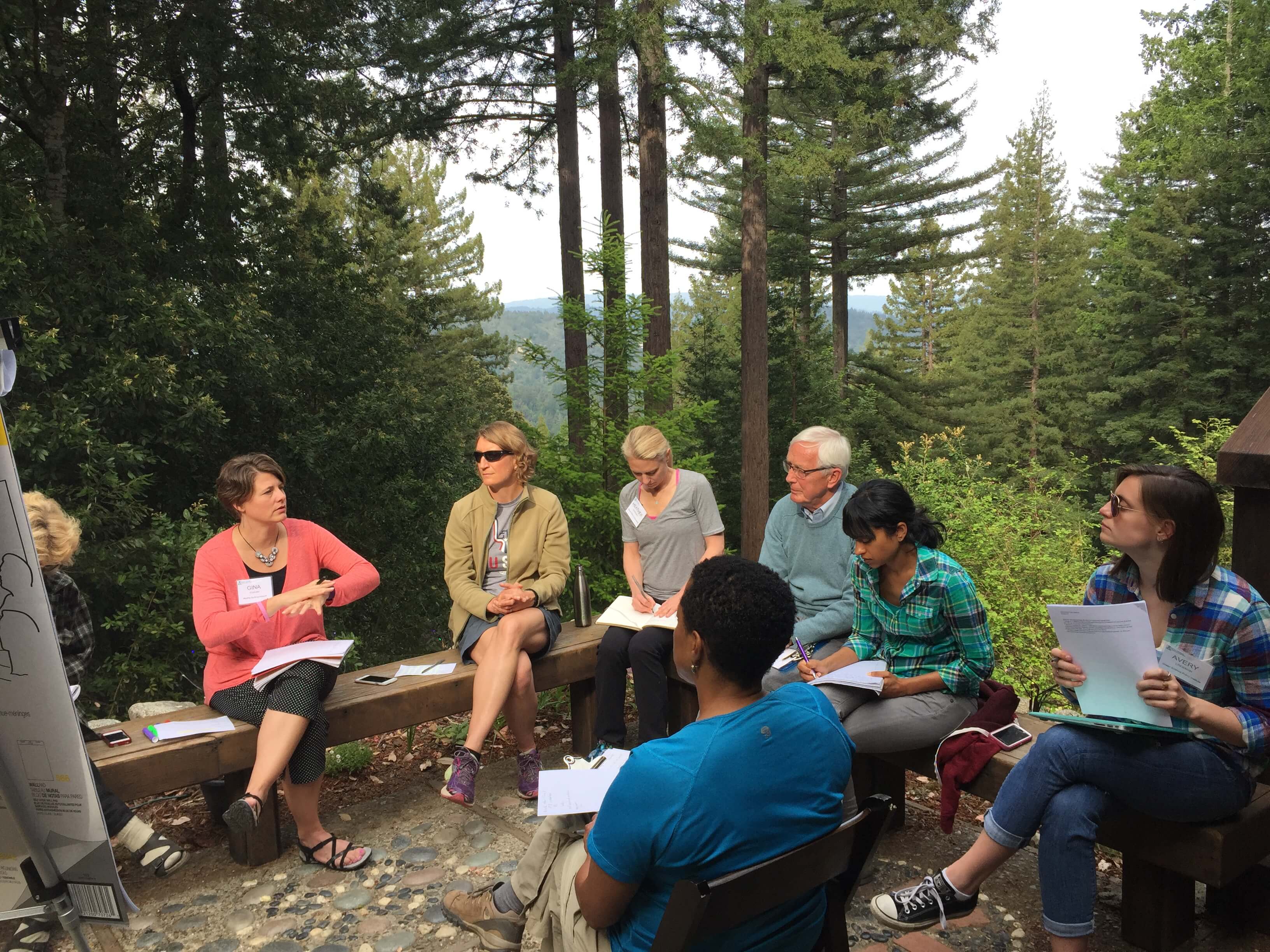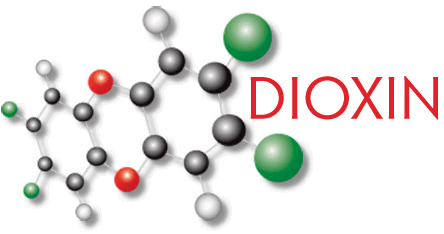Meetings and Retreats

Public meetings
Since 2007, we have organized public symposia that bring together stakeholders from government, industry, academia, and nonprofit groups to learn about reducing the use of toxic chemicals. These symposia allow participants to plan collaborations and to share research results and innovative ideas.
Our annual Flame Retardant Dilemma meetings contributed to improved furniture flammability standards that increase fire safety without the use of flame retardants across the U.S. and Canada. Also, they helped prevent a new California flammability standard that would have led to the unnecessary use of these chemicals in pillows, comforters, and mattress toppers.
Six Classes Toxics Reduction Retreat
Since 2013 our Institute has convened 25 decision makers from business, academia, government, and the nonprofit sector for four day retreats in a scenic outdoor locale each spring. We meet in morning and evening sessions, with afternoons reserved for hiking and relaxing.

Our objective is to develop creative initiatives to reduce the use of classes of chemicals of concern. Following short talks, participants work in small groups on new ideas for research, writing, and sharing scientific work. Past participants report that the retreat's confidential and supportive environment, and the interactions with innovative thinkers from multiple disciplines, contributed to their finding creative new solutions to their real-world challenges.
International science and policy symposiums
Beginning with the 2009 Dioxin International Symposium on Halogenated Persistent Organic Pollutant in Beijing, we have held Science and Policy one-day symposia at international conferences in San Antonio, Brussels, Cairns, Madrid, Florence, Kyoto, and Vancouver, etc.

Our day-long workshops allow researchers to share their experiences and strategies for translating science into policy. Following short talks, speakers and participants brainstorm how to best share research with decision makers to protect human health and the environment.